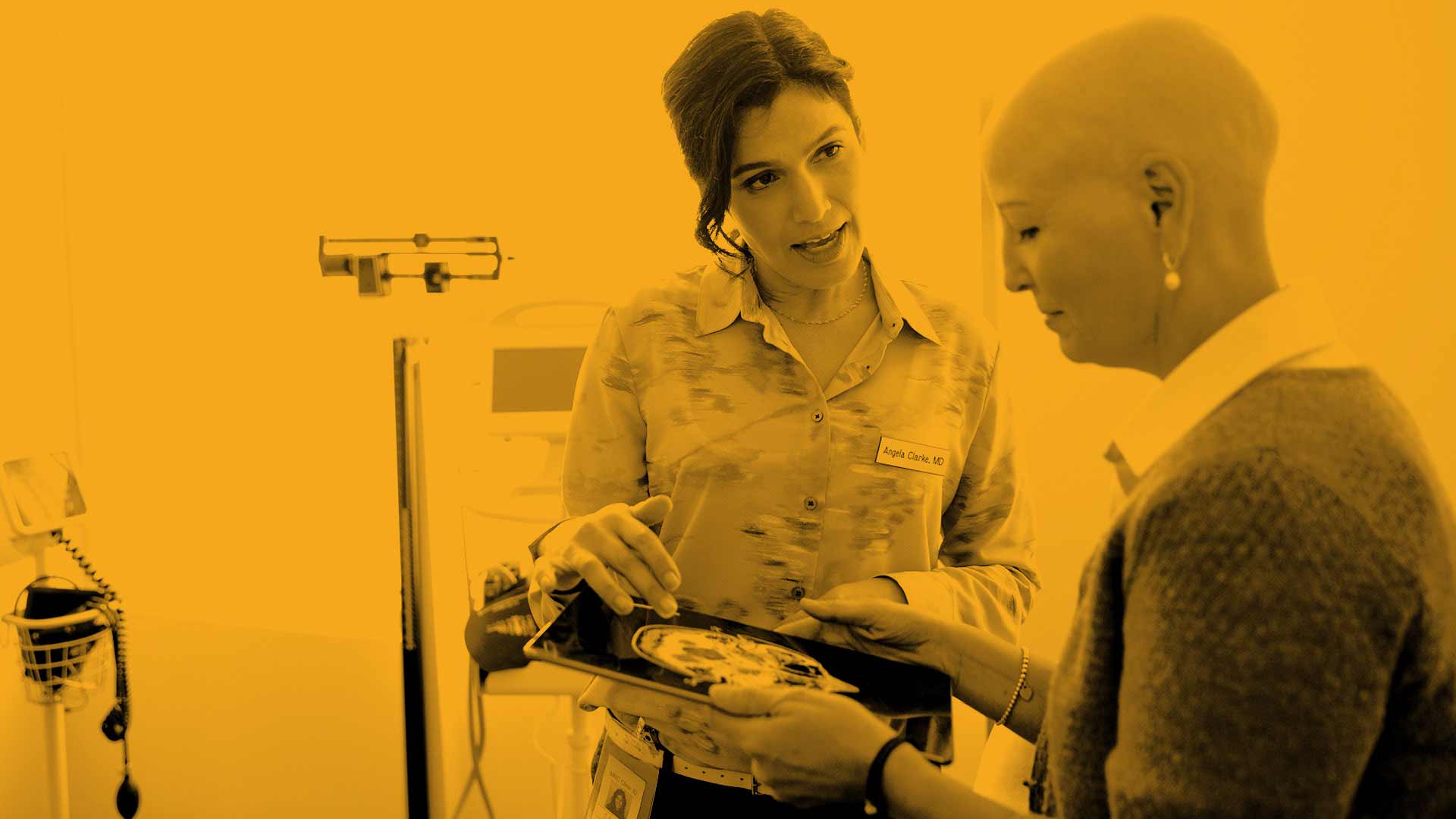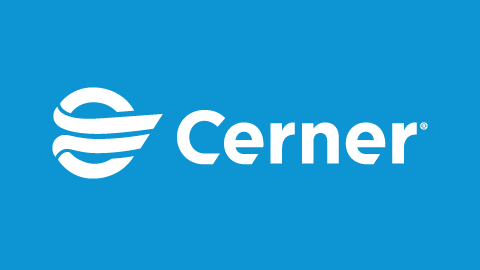Key Takeaways
- 19.3 million new cancer cases were diagnosed in 2020 and people are living longer with the disease. This means health care providers have an increased workload as they determine how to give the best patient-centered care from diagnosis through survivorship.
- Better cancer care starts with a fully interoperable electronic health record (EHR) that offers oncologists a complete view of a patient’s cancer care journey.
- Health IT brings patient information and clinical data together to help guide oncologists in making evidence-based care decisions that lead to better outcomes.
With 19.3 million new cancer cases diagnosed worldwide in 2020, the impact that this disease has on the health of our communities can’t be overstated. But, the good news is that cancer survivorship — people living with and beyond cancer — is on the rise. The National Cancer Institute estimates the number of cancer survivors in the U.S. will hit 26.1 million by 2040, up from 16.9 million in January 2019. Now, health care organizations are faced with providing this growing population with care that’s efficient, scalable and personalized from diagnosis through survivorship.
In this Q&A, Susan Stiles, Cerner’s director of clinical products for oncology, explains the challenges that oncology care teams are up against, and how interoperability and advances in health IT can provide solutions.
Q: What are the top challenges facing oncologists today?
A: The greatest challenge for health care providers is that the patient data they need to provide the best treatment and make appropriate follow-up decisions is often scattered across different systems instead of being stored in a single location. For example, an oncologist may have one set of records, a radiologist another, the surgeon another set and the patient’s primary care provider may have a completely separate patient file. It’s difficult to provide the best care when you don’t have the complete picture.
Clinicians also have the challenge of keeping up with the latest and best cancer medicines, treatments and clinical trials in an environment that’s fast-paced and expanding rapidly. As patients live longer with and beyond cancer, it also becomes harder to provide consistent follow-up in terms of monitoring and early management of symptoms that indicate that cancer might have returned, and care team must also ensure that post-cancer care is coordinated between the primary provider and the oncologist.
We also have to look at the immense financial and time pressures that oncology care can put on the patient, family and health care organization. There’s a study by the American Journal of Medicine that shows 42 percent of patients deplete their entire life’s savings two years after a cancer diagnosis due to the cost of care.
Health care professionals are burdened with the time-consuming and costly process of meeting prior authorization requirements to use new medicines and treatments on cancer patients. The question is, how do we bring down the cost of care for patients, and how do we make sure that organizations are getting paid for that care in the most efficient way?
There’s a study by the American Journal of Medicine that shows 42 percent of patients deplete their entire life’s savings two years after a cancer diagnosis due to the cost of care.
Q: What do oncologists and patients need to navigate the stages of prevention, treatment, symptom management and survivorship?
A: Providers need a fully interoperable patient record where all the health data and decision-making tools are at their fingertips. The data must give a complete look at the patient’s medical history so physicians can see what cancer medicines and treatments did or didn’t work. Without this information, a clinician may unknowingly recommend the same procedure twice, prescribe a medicine the patient already tried or miss results from a diagnostic test. Hospitals see how valuable an integrated health record is because it allows them to track a patient through all phases of care and provide the highest level of service without any information gaps.
Patients need easier access to their own health information, and it should follow them wherever they go. This helps them keep up with their treatment, surveillance and survivorship programs and stay cancer free. It’s important that patients understand their care plan and can stay in close communication with their physician. Virtual health care and home health monitoring will play a larger role in cancer care as we continue to strive for better ways to keep patients healthy outside of the office.
Q: How can health IT help oncologists improve treatment plans and provide more personalized, evidence-based cancer care?
A: Health IT brings all the right information together, connects the workflow and guides oncology clinicians to better decision-making and improved outcomes. The latest care tools can be integrated into the EHR to help clinicians map patient-reported outcomes and clinical data to evidence-based guidelines. This automated technology can support providers in creating advanced, data-driven and patient-centered care plans from diagnosis through survivorship. The alignment of advanced technology and interoperability is the key to making leaps toward smarter care and better outcomes for cancer patients.
Cerner is focused on capturing meaningful data that drives personalized cancer care for our communities. Learn more here.
More like this:
- Ep. 200: The value of preparing for innovation - listen time: 10:04
- 4 benefits of greater interoperability in health care - 3-minute read
- Ep. 199: Leveraging interoperability and open platforms for better care - listen time: 16:45





